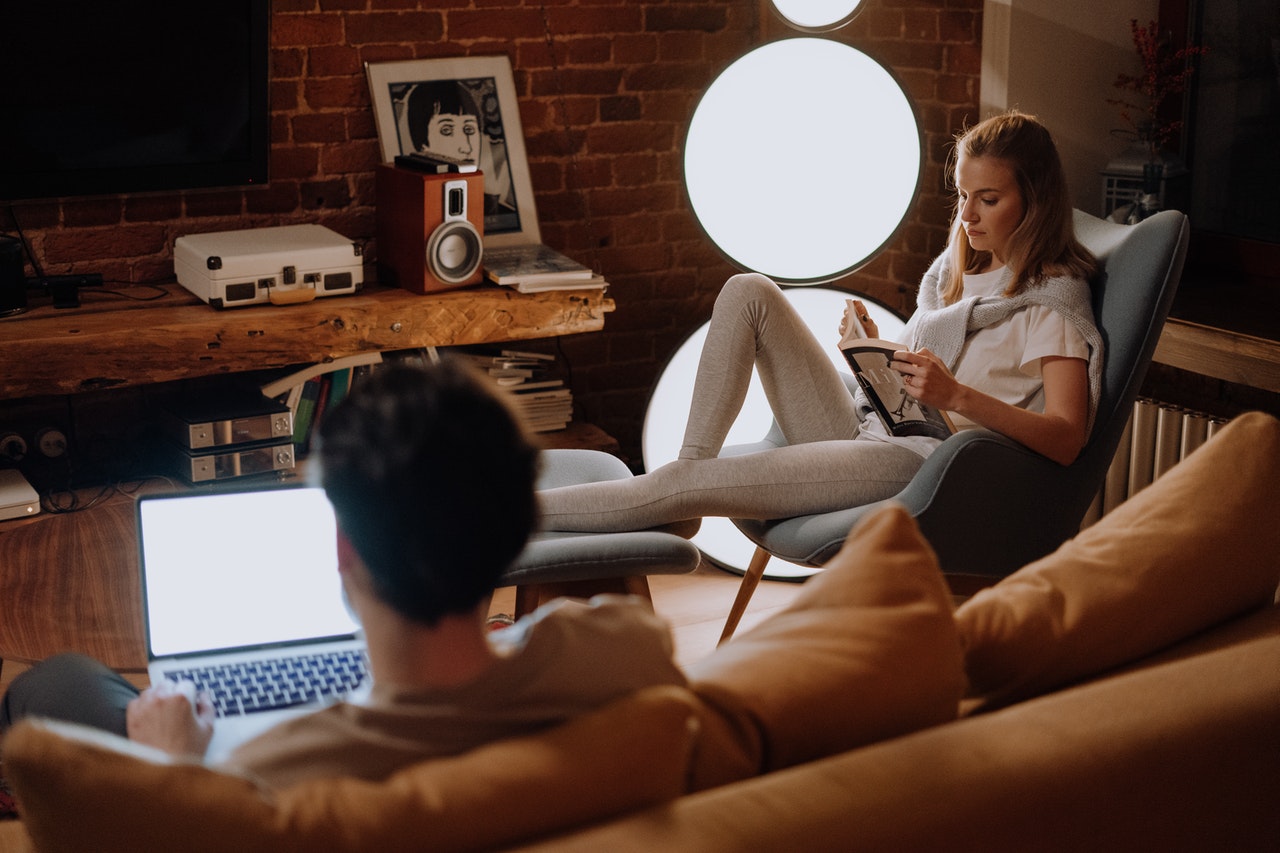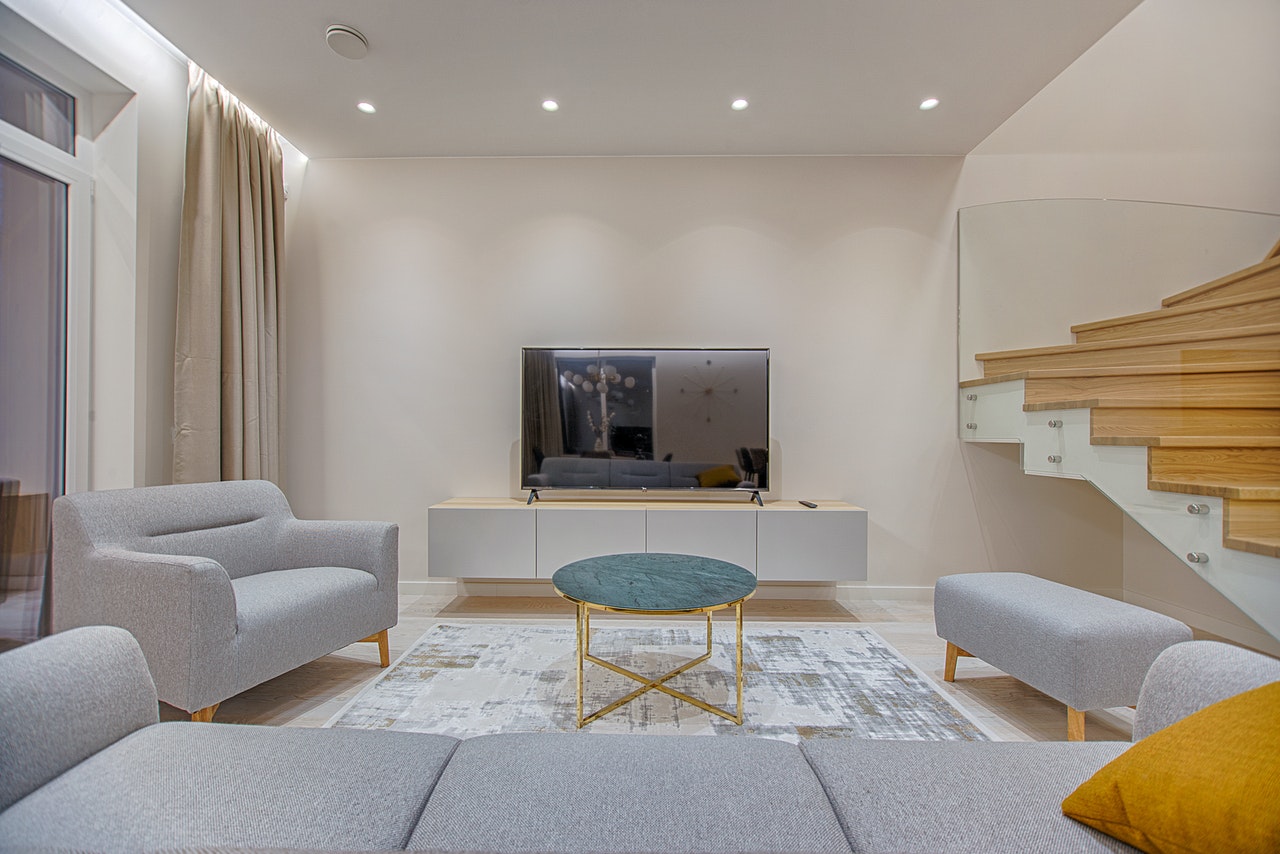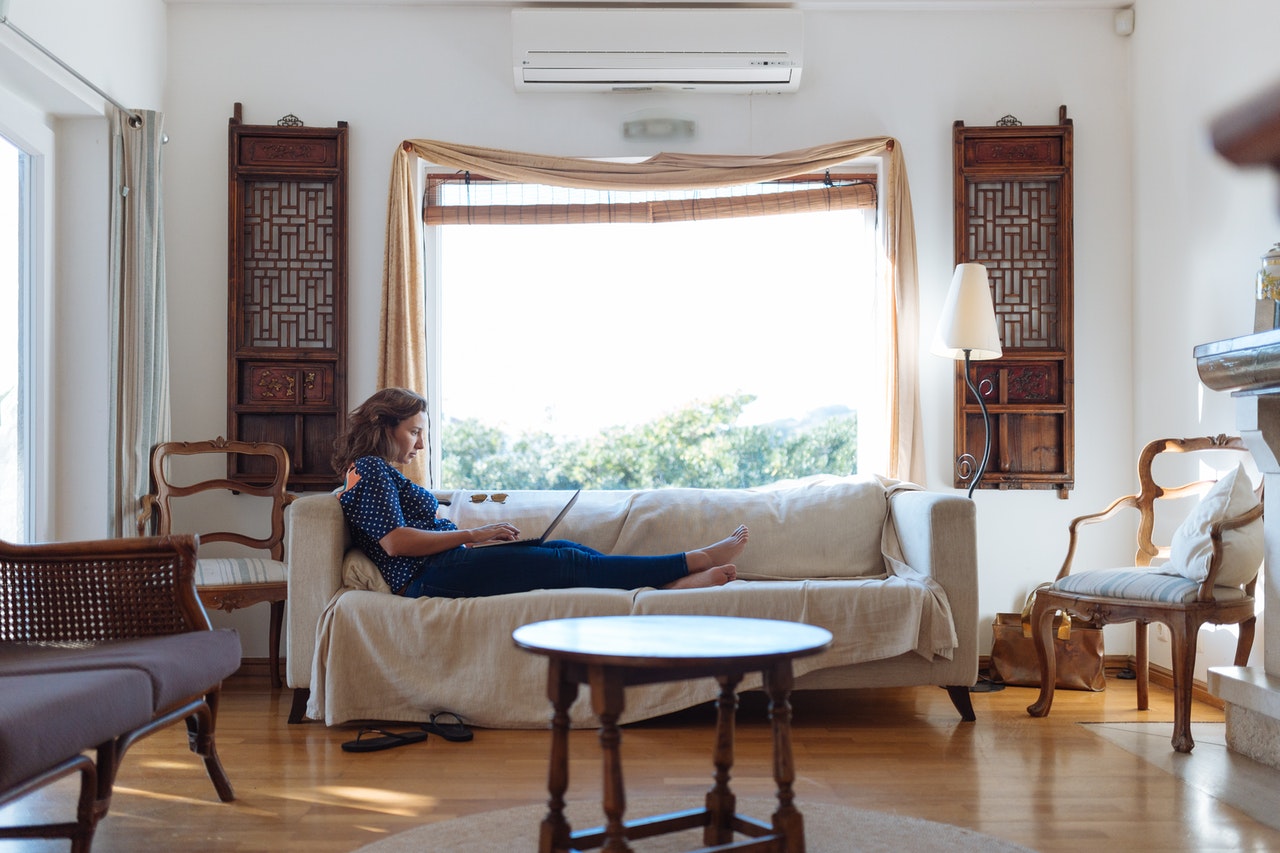Home Staging Tips for Beginners
Improving your home is always a rewarding experience. It allows you to tweak your surrounding to better suit your needs, boost your productivity, or make it aesthetically pleasing. Sometimes, though, this demands you put in excessive work into remodeling. But sometimes, all it takes is a bit of switching things around to achieve all the above. Today, we will focus on the latter. Whether you just moved to Utah, or want to mix things up a bit, these home staging tips for beginners will help make your place amazing. So, without further ado, let’s dive right in.
#1 - Don’t rush
One of the biggest mistakes beginners make is thinking they have to stage the entire home right away. They rush into it, glistening with enthusiasm, bursting with energy. And then – they end up frustrated, without the will to continue, as they realize they bit more than they can chew. So, the first of our home staging tips is: don’t be one of these people. Spend some time devising a good plan, as it will pay off in the long run.
A place where you spend most of your time should be your focus.
Set the priorities straight
Not all areas of your home deserve equal attention when it comes to staging. A living room certainly takes precedence over, say, a bedroom or laundry room. Now, we’re not saying you should blatantly ignore these areas; only that you should focus on the essentials first. Once that’s done, you can move on to the rest.
That said, it’s best to split the project by room. This way, you can dedicate your time and energy to getting the best results. Furthermore, it will be much easier to expand from there. To sort of “carry over the success” and apply it to other areas.
#2 - Make your life easier – Declutter
One of the best things you can do for yourself and your staging effort is to declutter before you start working. Granted, this does take a bit of time and effort. Even so, you won’t waste these resources. Quite the contrary. In the long run, you’ll make staging much faster, as you won’t have to find a happy place for every single item. And, if you decide to sell the excess, you can even fund a part of your staging effort.
#3 - Give yourself space to work
Staging your home demands a lot of maneuvering space. You’ll twist and turn and move and slide your furniture all around. And, having things in the way makes that quite frustrating. So – avoid it. Place your belongings in storage and give yourself much-needed space. This is not only the best option for your possessions but will also make it easier to:
1. Clean – you shouldn’t begin staging before thorough cleaning. This way, after you finish, there will be a lot less work;
2. Repair what needs repairing – There will certainly be some minor construction work involved with your staging. Even if it’s only filling the holes in the wall leftover from hung paintings, the lack of items will surely make it easier to tackle them.
3. Envision a new look – With your belongings out of the way, you’ll have a blank canvas to work with. And this opens a whole world of possibilities.
#4 - Start neutral, start small
It stands to reason that you want your home to reflect who you are. However, if you start personalizing right off the bat, this can actually be counterproductive, mainly because you’ll focus on the details instead of the big picture. Therefore, you’ll waste a whole lot of time making a photo collage to hang on the wall or choosing just the right position for each miniature from your collection. So, before you even get to that, you should focus on the basics. Remember that home staging isn’t just about what’s appealing to the eye. The new arrangement should, first and foremost, provide functionality. Your home can be the most beautifully staged one in the world. Still, it means nothing if you’re constantly bumping into coffee tables, tripping over rugs, or squeezing between a couch and a wall to reach the shelf.

Minimalistic home design: easy, practical, and functional.
So, focus on “function over form.” The best way to do this is to start with the bare minimum. Also, minimalistic home designs are all the rage now, and it’s not hard to see why. After all, it looks great, it’s functional, and leaves you with a whole bunch of options to expand upon. So, who knows – maybe you’ll even decide to keep it that way!
#5 - Let the purpose guide you
Expanding on our previous point, we have one of the essential rules of staging. And that is to always keep in mind the purpose of the area you’re staging. If you’re fixing up a workroom, it hardly needs a mass of décor. It will only draw the attention away from work, thus killing productivity. On the flip side, if you’re staging a living room, a workstation is hardly a welcome addition. Therefore, don’t just stage for the sake of staging. Give your rooms a purpose, and then work with that as your baseline. That way, you’ll end up with an area that looks amazing and offers functionality and convenience.
#6 - Use every resource at your disposal
Home staging is much more than just shifting furniture pieces around. However, for most people, it ends there. So, drawing upon the first of our home staging tips, we have to reiterate: Don’t be one of them. Instead, use every resource at your disposal to make your home a better place. And that involves playing around with light, colors, and even sounds and smells!
Let there be light
Lighting is one of the most overlooked “tools” in home staging. This is a true shame since it’s also one of the most useful ones. In short, light manipulation can have an incredible impact on the finished “product.” It boosts the atmosphere, emphasizes detail, conceals imperfections. Natural light is your best friend in this regard. And – it’s free and easy to use! On the flipside, experimenting with artificial light can also produce fantastic results. However, in this case, it’s best not to overdo it. Use it sparingly to create a focus or make a detail pop out.
Color it up
A fresh coat of paint can make a significant impact on the overall look of your home. It’s already a well-known fact that colors play an important role in our lives. They can boost the mood, increase productivity, and improve the overall “feel” of your home. However, here, too, stands that you shouldn’t go too wild. Start with neutral notes as your base, and use vivid colors to emphasize the detail. To make work easier, refer to tip #3, and have your movers help you store your items and free up space.

Color is as important as furniture arrangement. Sometimes – even more so!
“Smell and hear” the well-staged home
Home staging is not all about the visual. Don’t get us wrong – the majority of it is. But, still, why focus on only one sense when you can trigger the rest, too? Smells and sounds are as much part of your life as visuals. However, they are also subtle, easily ignorable. Yet, they add that much-needed “oomph” to the overall feel of the place. So, once major work is done, spice it up with some gentle scented candles and a bit of smooth jazz. Bonus points if you add your favorite drink to the mix!
It’s all about you!
As you noticed, we generalized our home staging tips to provide a good baseline for your efforts. However, none of them is a rule nor written in stone. Therefore, here’s our last tip for you: Experiment! Use your imagination. Find combinations that suit you. Expand on the basics, make your place reflect your style. After all, tastes differ, preferences vary from person to person, and it’s all about how you want to perceive your world.
